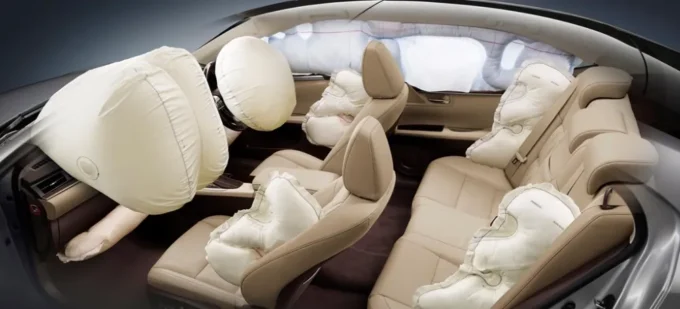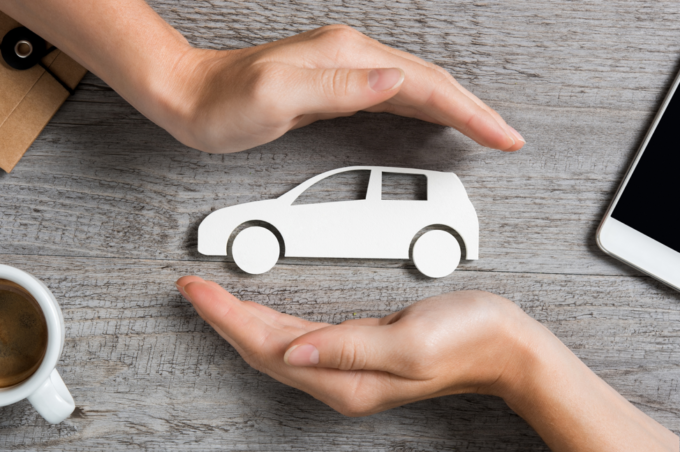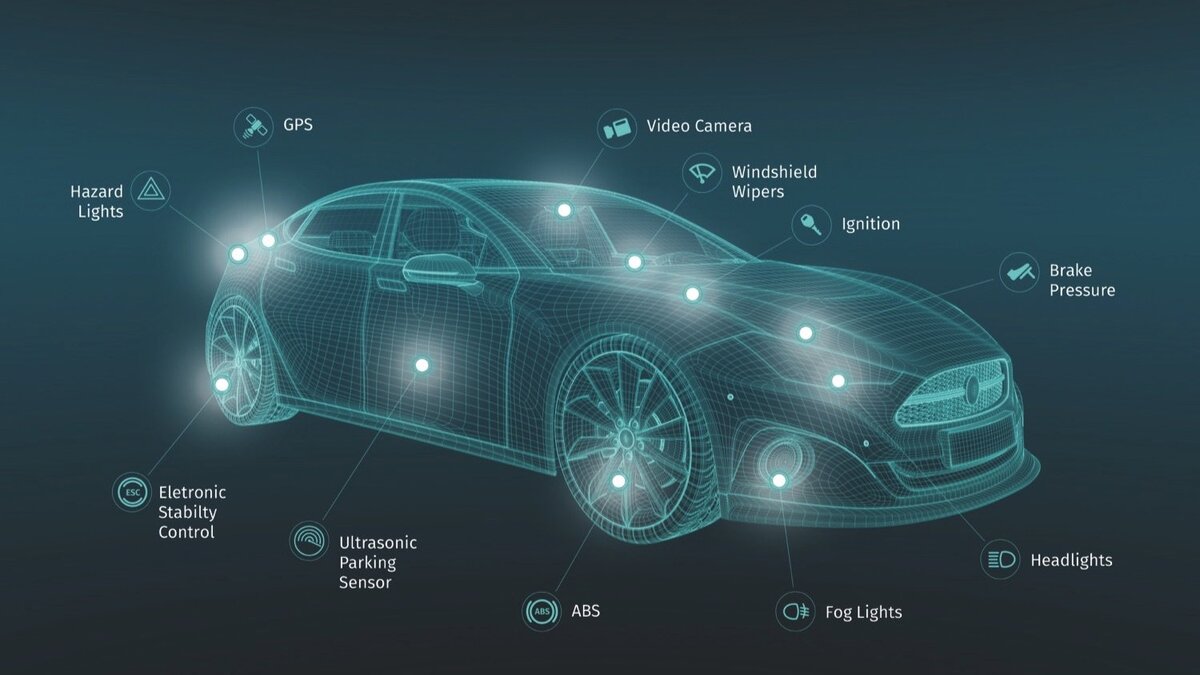Manufacturers have made many improvements to vehicle safety features over the years. These improvements in vehicle safety features have made driving increasingly safer for everyone. Safety features in a vehicle are either active or passive, depending on how they function.
“Vehicle safety features have helped to prevent and in some cases reduce the severity of injuries in the case of accidents,” says personal injury attorney Nicholas Stamatis of Price Benowitz Accident Injury Lawyers, LLP. Before buying a vehicle, it is essential to understand what active and passive safety features are and their role in preventing car crashes or minimizing injuries if one occurs.
Regarding vehicles, safety should be the most important thing. Driving is typically risky. However, the risk involved is reduced when one drives appropriately with the proper safety features.
What are Active Safety Features?
Active safety features are those vehicle features that help to prevent the occurrence of accidents. Various vehicle models have different active safety features, and common examples include side and rear mirrors, radars, airbags, cameras, and seat belts with pretensioners. These safety features perform different functions, all in a bid to prevent a car crash.
Not all vehicles have every safety feature available. Here are active safety features that are available in the newer vehicle models:
1. Lane Departure Warning
As the name implies, this active safety feature alerts the driver when the vehicle starts drifting off the lane. Due to tiredness, vehicles can drift out of their lane if the driver sleeps off behind the wheel. This safety feature beeps the moment the vehicle tire touches the lane markers.
Some lane departure warning causes the vehicle’s steering wheel to shake whenever it starts drifting from its lane. This active feature is essential for drivers on highways and city roads and can help prevent the car from colliding with other vehicles.
2. Anti-lock Brake System
This vehicle safety feature can help ensure that the wheels do not lock when the driver applies the brake. The locking of the wheels when brakes are applied can cause the vehicle to skid and damage the car brakes and other vehicle parts. In extreme cases, vehicle occupants may be severely injured.
3. Automatic Braking
This active vehicle feature comes in handy in the event of distraction during driving. It triggers an alarm when the driver needs to apply the brakes and waits for the driver to take action. In cases where the driver fails to apply the brakes manually, the system takes over and gradually slows down the vehicle.
4. Head-Up Display (HUD)
This is a great safety feature designed to help keep the driver’s attention on the road. The HUD is fixed on a vehicle’s dashboard and displays information like speed and direction on the glass panel. The vehicle owner can also customize the HUD to display other information of their choosing.
5. Electronic Stability Control (ESC)
In the past, the control of the vehicle was entirely the driver’s responsibility, and where they lose control, accidents become inevitable. However, technological advancement has made it possible for drivers to maintain the control of their vehicle through the help of the Electronic Stability Control system. This system is triggered when the traction between the vehicle and the road changes.
Traction changes occur when the driver loses control of the steering. However, an ESC will kick in at this point to apply the brakes while at the same time providing the wheel with the required braking force that will prevent the vehicle from skidding.
6. Blind Spot Detection
Many accidents occur when drivers enter a blind spot. The blind spot makes it difficult for drivers to detect other oncoming vehicles and could be caused by anything obstructing the driver’s view, such as passengers, objects, and headrests. The detector uses the sensors installed on the vehicle’s bumper or side mirror to notify the driver of the presence of other vehicles and their distance from the vehicle so that the driver can take the needed precautions.
7. Night Vision System (NVS)
Night driving increases the risk of accidents as the driver must rely on headlights to see. Using thermographic cameras and other technologies, the night vision system picks up additional information about the environment that the driver may not be able to see. For instance, the system can pick the movement of people and other vehicles from a safe distance and notify the driver, thereby preventing a collision.
What are Passive Vehicle Safety Features?
Unlike active vehicle features that help prevent accidents, passive vehicle safety features help protect the vehicle occupants from sustaining severe injuries in the event of an accident. These safety features go unnoticed in a car until there is a crash.
Most passive vehicle safety features are available in all car models and include:
1. Crumple Zones
A crumple is a part of the vehicle explicitly designed to crush or crumple in the event of a crash. This helps the vehicle fully absorb the impact of the crash. The crash’s impact on the vehicle occupant is significantly reduced because of this safety feature.
The vehicle is designed with different steel. The steel used in creating the crumple, usually the rear and the front portion of the car, is softer, making it possible to deform during a crash.
2. Airbags

Airbags became mandatory in 1999, increasing the safety of front occupants. Different airbags perform different functions. Side airbags distribute the impact, reducing the severity of injuries. On the opposite side, side curtain airbags cover the windows, preventing ejection of occupants, while head-protecting airbags protect the head from hitting the vehicle’s sides.
3. Windshields and Glass
Vehicle manufacturers make the front windshields with laminated glass making it difficult to shatter from impact. On the other hand, the side windows and rear windshield are made with tempered glass. On impact, tempered glasses break into blunt pieces and make it possible to rescue occupants stuck in the car after a crash.
Bottom Line
Vehicle safety features can not wholly prevent accidents, making it essential for drivers to adhere to safety precautions while behind the wheels. You might be entitled to compensation if you or a loved one sustained injuries in an accident due to negligent driving. It is advisable to contact an experienced accident attorney for help.










